Home>Furniture & Design>Bathroom Accessories>How To Get Rid Of ALGae In Toilet Bowl
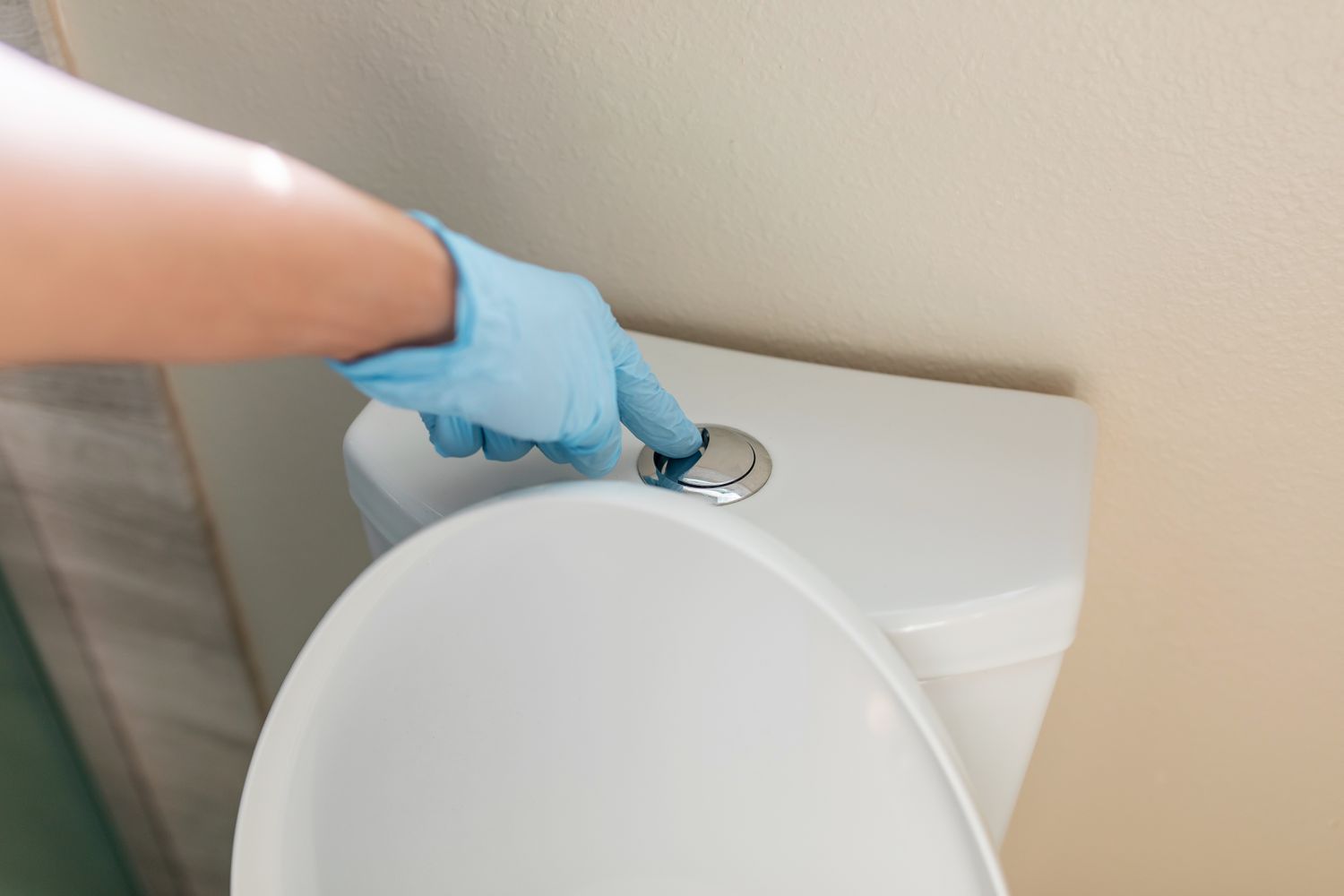

Bathroom Accessories
How To Get Rid Of ALGae In Toilet Bowl
Modified: October 19, 2024
Learn effective methods for removing algae from your toilet bowl with the right bathroom accessories. Say goodbye to unsightly algae and keep your bathroom clean and fresh. Discover the best solutions today!
(Many of the links in this article redirect to a specific reviewed product. Your purchase of these products through affiliate links helps to generate commission for Storables.com, at no extra cost. Learn more)
Introduction
Dealing with algae in the toilet bowl can be an unpleasant and frustrating experience for many homeowners. The presence of algae not only affects the aesthetic appeal of the bathroom but also raises concerns about hygiene and cleanliness. Fortunately, there are effective methods for removing and preventing algae growth in the toilet bowl. In this article, we will explore the causes of algae in the toilet bowl, various methods for removing it, and practical tips for preventing its return. By understanding the underlying factors contributing to algae growth and implementing targeted solutions, you can maintain a sparkling clean toilet bowl and a more pleasant bathroom environment.
Key Takeaways:
- Say goodbye to algae in your toilet bowl by scrubbing with vinegar and baking soda, using chemical cleaners, or even a pumice stone. Prevent its return with regular cleaning, ventilation, and sunlight exposure.
- Keep your toilet bowl algae-free by understanding its causes and using natural or chemical cleaning methods. Prevent its return with regular cleaning, ventilation, sunlight exposure, algaecide products, and regular water flushing.
Read more: How To Get Rid Of Toilet Bowl Smell
Understanding the Causes of Algae in Toilet Bowl
Algae growth in the toilet bowl is often a result of favorable environmental conditions that promote the proliferation of these microscopic organisms. Understanding the causes of algae in the toilet bowl is crucial for effectively addressing and preventing its recurrence. Here are the primary factors contributing to algae growth in the toilet bowl:
-
Moisture and Stagnant Water: Algae thrive in moist environments, and the stagnant water in the toilet bowl provides an ideal breeding ground for these organisms. When water remains undisturbed for extended periods, it creates a conducive habitat for algae to flourish.
-
Sunlight Exposure: Although bathrooms are typically not exposed to direct sunlight, ambient light can still penetrate through windows or artificial lighting. Algae require light for photosynthesis, and even minimal exposure to light can support their growth in the toilet bowl.
-
Nutrient Availability: Algae feed on nutrients present in the water, such as phosphates and nitrates. These nutrients can enter the toilet bowl water from various sources, including tap water and residues from cleaning products. The presence of nutrients sustains the growth of algae in the toilet bowl.
-
Poor Ventilation: Inadequate ventilation in the bathroom can contribute to higher humidity levels, creating an environment conducive to algae growth. Insufficient airflow allows moisture to accumulate, promoting the development of algae in the toilet bowl and other surfaces.
By recognizing these underlying causes, homeowners can take targeted measures to address each factor and effectively combat algae growth in the toilet bowl. In the following sections, we will explore methods for removing existing algae and practical strategies for preventing its recurrence, empowering individuals to maintain a clean and hygienic bathroom environment.
Methods for Removing Algae in Toilet Bowl
When it comes to removing algae from the toilet bowl, several effective methods can help restore cleanliness and hygiene to this essential fixture in your bathroom. Here are practical approaches to eliminate algae and restore the pristine condition of your toilet bowl:
-
Manual Scrubbing: One of the most straightforward methods for removing algae from the toilet bowl is manual scrubbing using a toilet brush or scrubbing pad. Prior to scrubbing, it's advisable to wear protective gloves and ensure proper ventilation in the bathroom. Apply a dedicated toilet bowl cleaner or a mixture of vinegar and baking soda to the affected areas, allowing it to sit for a few minutes to loosen the algae. Then, vigorously scrub the interior of the toilet bowl to dislodge and remove the algae buildup. Rinse thoroughly with water to complete the cleaning process.
-
Chemical Cleaners: Commercially available toilet bowl cleaners containing chlorine, hydrogen peroxide, or other active ingredients can effectively eliminate algae and other stains. Follow the manufacturer's instructions for the specific cleaner you choose, and ensure adequate ventilation during and after the cleaning process. It's essential to use these chemical cleaners cautiously and avoid mixing different products to prevent hazardous chemical reactions.
-
Natural Remedies: For those preferring eco-friendly and natural cleaning solutions, white vinegar and baking soda can be combined to create a potent cleaning mixture. Pour a generous amount of vinegar into the toilet bowl, followed by a sprinkling of baking soda. Allow the mixture to fizz and react, then scrub the interior of the toilet bowl to remove algae and stains. This natural approach is gentle on the environment and safe for septic systems.
-
Pumice Stone: Stubborn algae stains that resist traditional cleaning methods can be targeted with a pumice stone specifically designed for cleaning toilet bowls. Gently rub the affected areas with the pumice stone to gradually remove the algae buildup. Exercise caution to avoid scratching the porcelain surface, and periodically rinse the stone and the toilet bowl to monitor progress.
-
Regular Maintenance: Preventing algae from establishing a foothold in the toilet bowl is key to maintaining a clean and hygienic bathroom environment. Implementing a regular cleaning schedule, including weekly or bi-weekly cleaning sessions, can help prevent algae from accumulating and becoming more challenging to remove.
By employing these methods, you can effectively remove algae from the toilet bowl and restore its pristine condition, promoting a more hygienic and visually appealing bathroom environment. Additionally, incorporating preventive measures can help minimize the recurrence of algae, ensuring a consistently clean and inviting toilet bowl.
To get rid of algae in the toilet bowl, regularly clean the toilet with a mixture of white vinegar and baking soda. Let it sit for a few hours before scrubbing and flushing.
Preventing Algae from Returning
Preventing the resurgence of algae in the toilet bowl is essential for maintaining long-term cleanliness and hygiene in your bathroom. After successfully removing algae, implementing preventive measures can significantly reduce the likelihood of its return. Here are practical strategies to prevent algae from reappearing in the toilet bowl:
-
Regular Cleaning Routine: Establishing a consistent cleaning schedule for the toilet bowl is crucial for preventing algae growth. By routinely cleaning the interior of the toilet bowl with a dedicated cleaner or natural remedies, you can disrupt the conditions favorable to algae and inhibit its accumulation. Regular cleaning sessions, ideally on a weekly basis, help maintain a sanitary environment and prevent algae from taking hold.
-
Proper Ventilation: Improving ventilation in the bathroom is instrumental in reducing humidity levels and discouraging algae growth. Ensure adequate airflow by using exhaust fans or opening windows during and after showering to facilitate moisture evaporation. By minimizing moisture accumulation, you create an inhospitable environment for algae, thereby impeding its ability to thrive in the toilet bowl.
-
Sunlight Exposure: Allowing natural light to enter the bathroom can help deter algae growth. When feasible, keep curtains or blinds partially open to enable sunlight to penetrate the space. Natural light inhibits algae proliferation and contributes to a fresher and more inviting bathroom atmosphere.
-
Use of Algaecide Products: Algaecide products specifically formulated for toilet bowl maintenance can be employed as a preventive measure. These products are designed to inhibit algae growth and can be used in conjunction with regular cleaning routines to provide an additional layer of protection against algae recurrence.
-
Regular Water Flushing: Flushing the toilet regularly, even when not in use, helps prevent water stagnation and minimizes the opportunity for algae to establish a foothold. Adequate water flow disrupts the stagnant conditions that promote algae growth, contributing to a cleaner and healthier toilet bowl environment.
By incorporating these preventive measures into your bathroom maintenance routine, you can effectively deter the return of algae in the toilet bowl. Consistent cleaning, improved ventilation, sunlight exposure, algaecide products, and regular water flushing collectively contribute to a cleaner and more hygienic toilet bowl, enhancing the overall cleanliness and comfort of your bathroom space.
These preventive measures not only address the immediate issue of algae growth but also contribute to the long-term maintenance of a pristine and inviting bathroom environment. By proactively implementing these strategies, you can enjoy a clean and algae-free toilet bowl, promoting a more pleasant and hygienic bathroom experience for you and your household.
Conclusion
In conclusion, addressing algae growth in the toilet bowl requires a multifaceted approach that encompasses effective removal methods and proactive preventive measures. By understanding the underlying causes of algae proliferation, homeowners can implement targeted strategies to combat this common issue and maintain a clean and hygienic bathroom environment.
The methods for removing algae from the toilet bowl, including manual scrubbing, chemical cleaners, natural remedies, and the use of pumice stones, offer practical solutions for eliminating existing algae buildup. These approaches not only restore the pristine condition of the toilet bowl but also contribute to a more visually appealing and sanitary bathroom space.
Furthermore, the implementation of preventive measures is paramount in deterring the recurrence of algae. Establishing a regular cleaning routine, improving ventilation, maximizing sunlight exposure, utilizing algaecide products, and promoting regular water flushing collectively contribute to a sustained defense against algae growth. By integrating these preventive strategies into the maintenance of the toilet bowl, homeowners can effectively minimize the likelihood of algae reappearing and maintain a consistently clean and inviting bathroom environment.
Ultimately, the successful management of algae in the toilet bowl enhances the overall cleanliness, hygiene, and comfort of the bathroom. By proactively addressing algae growth and implementing preventive measures, individuals can enjoy a more pleasant and visually appealing bathroom space, free from the concerns associated with algae accumulation.
In essence, the comprehensive approach to managing algae in the toilet bowl not only addresses the immediate issue but also contributes to the long-term maintenance of a clean and hygienic bathroom environment. By leveraging the insights and strategies outlined in this article, homeowners can effectively combat algae growth, ensuring a sparkling clean toilet bowl and a more enjoyable bathroom experience for themselves and their households.
Frequently Asked Questions about How To Get Rid Of ALGae In Toilet Bowl
Was this page helpful?
At Storables.com, we guarantee accurate and reliable information. Our content, validated by Expert Board Contributors, is crafted following stringent Editorial Policies. We're committed to providing you with well-researched, expert-backed insights for all your informational needs.
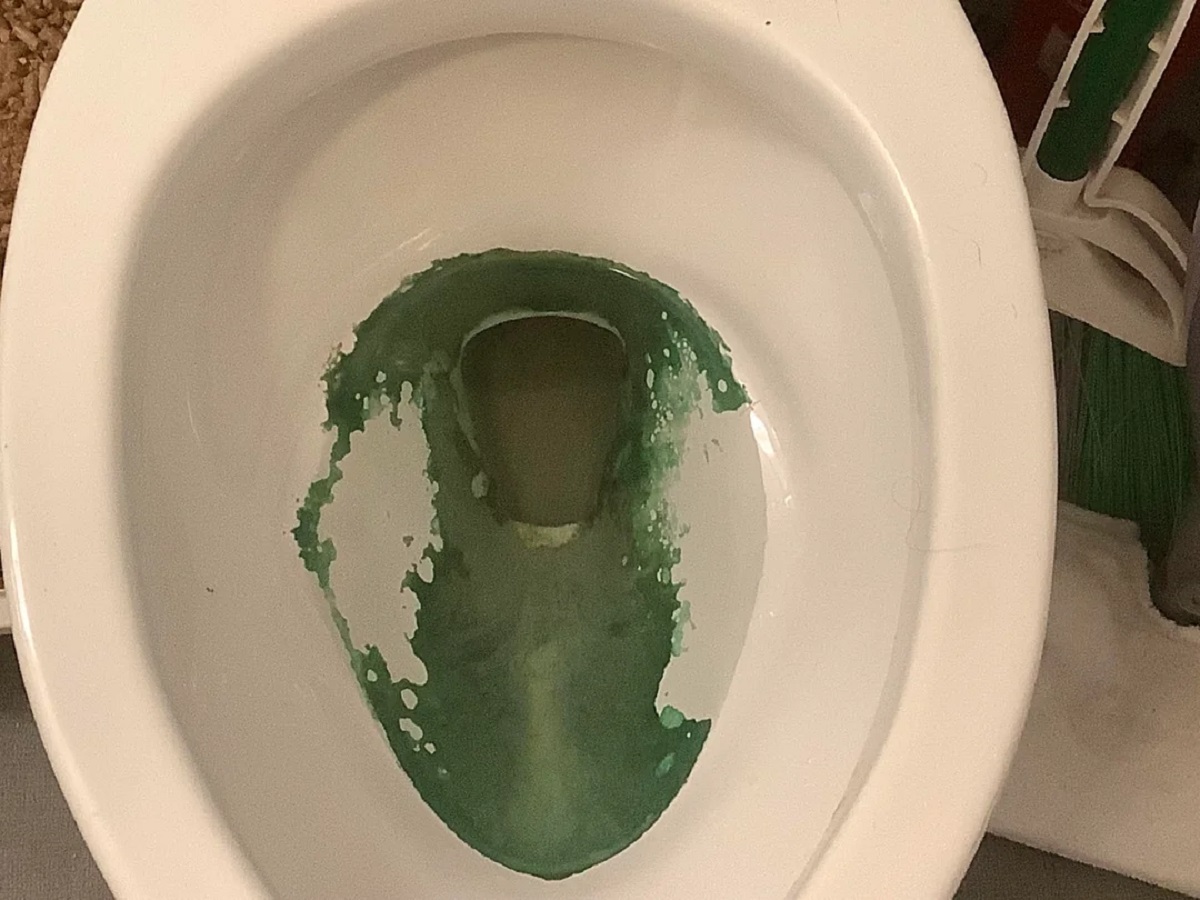
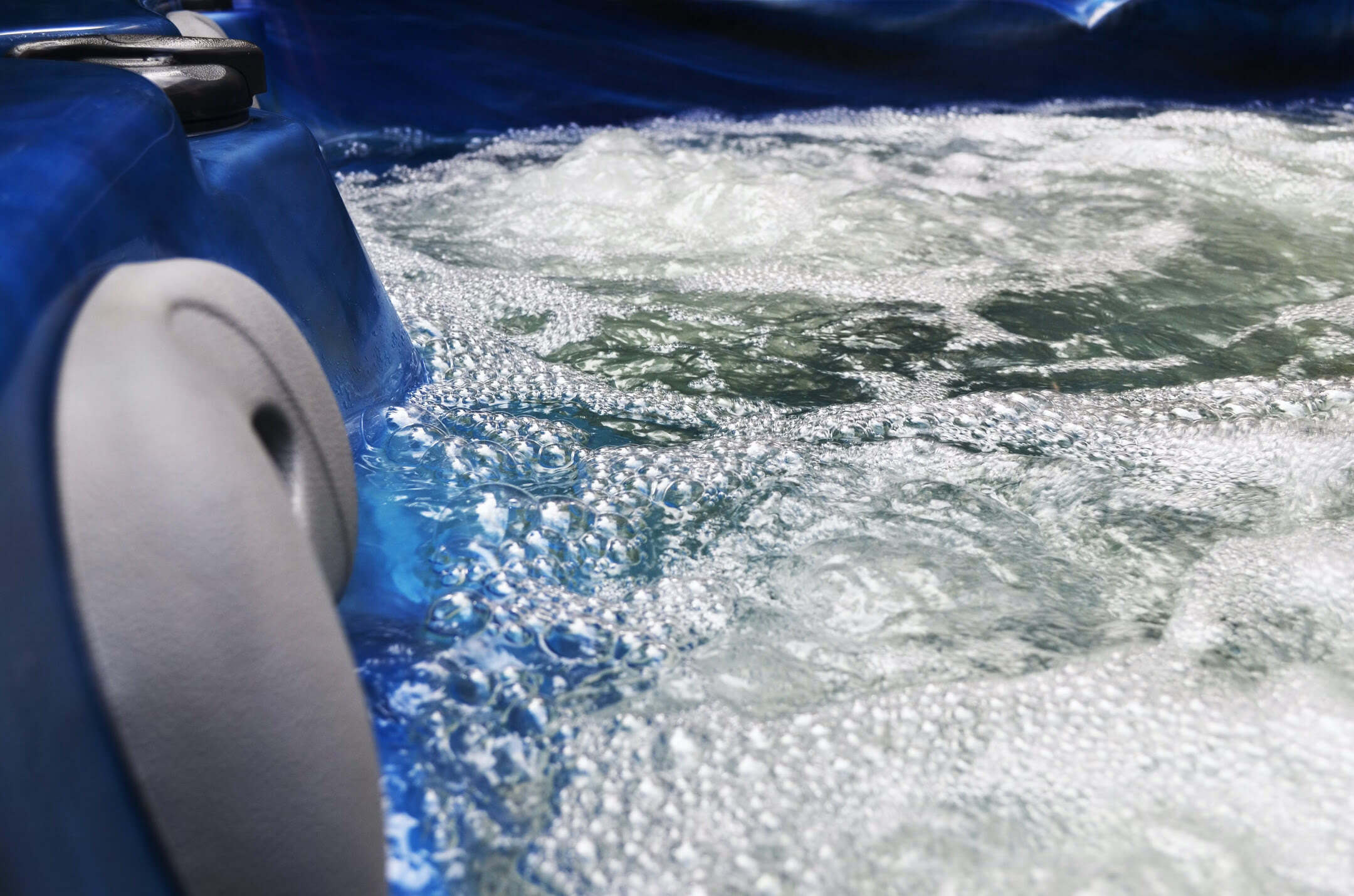
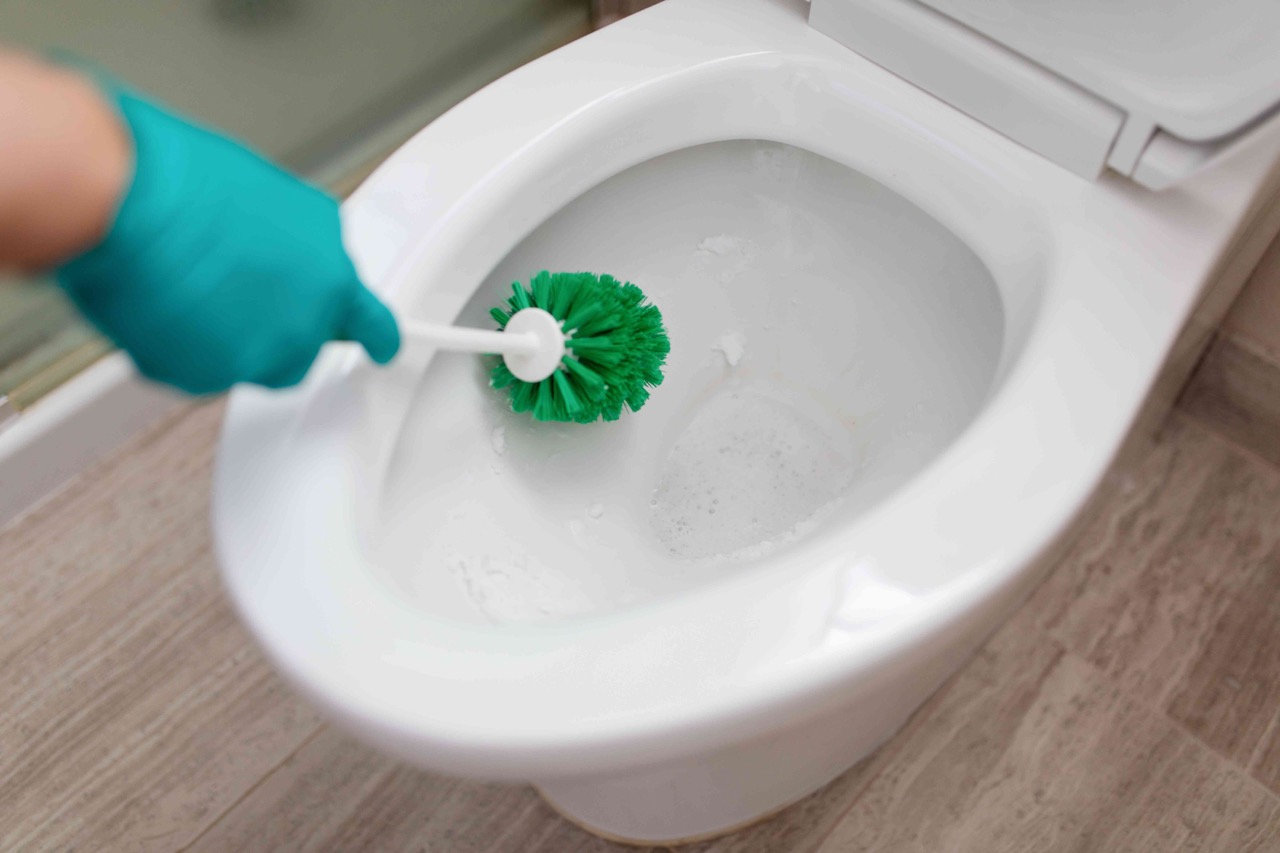
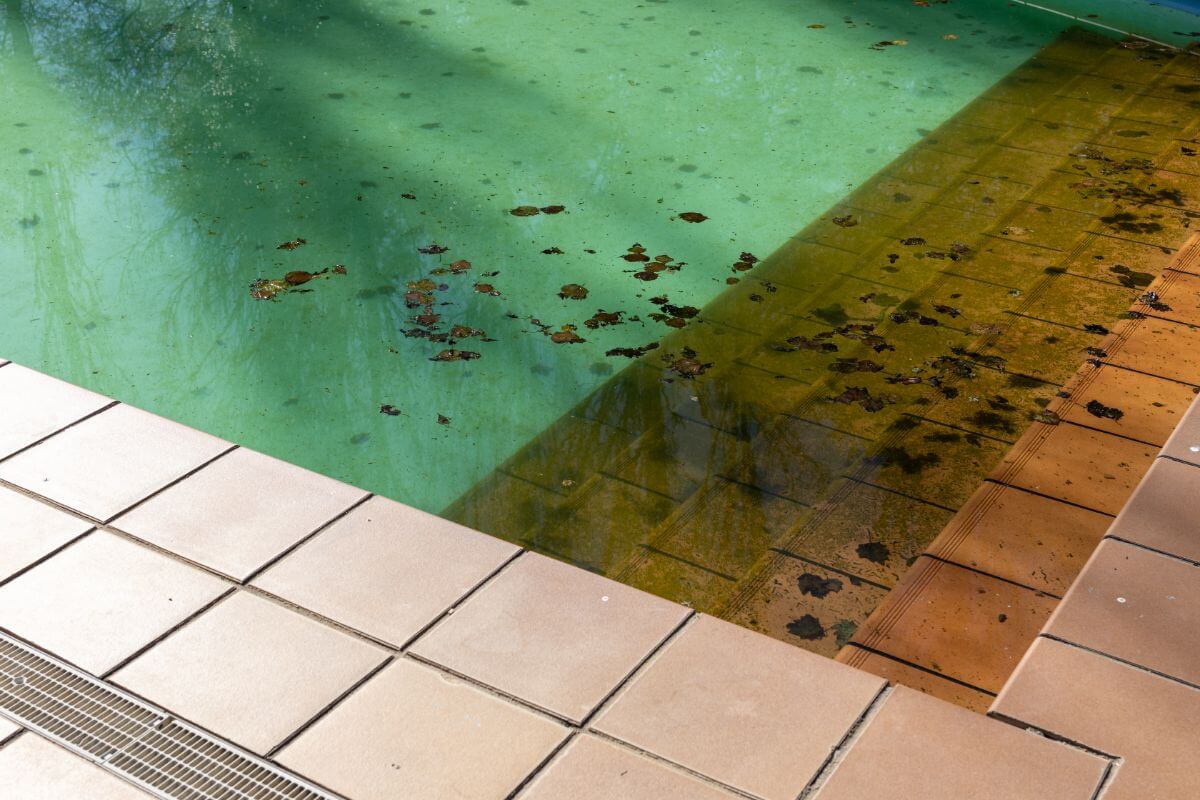
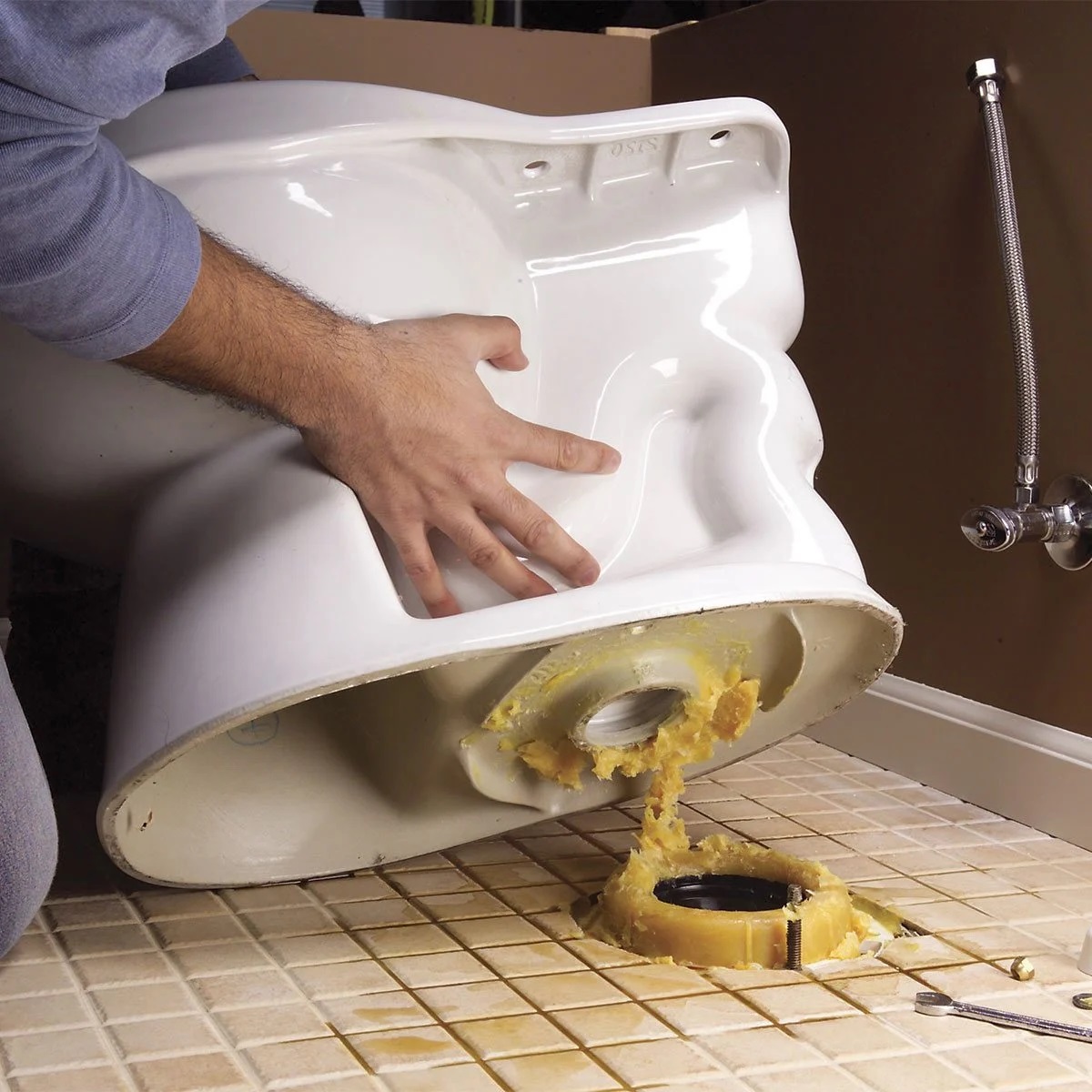
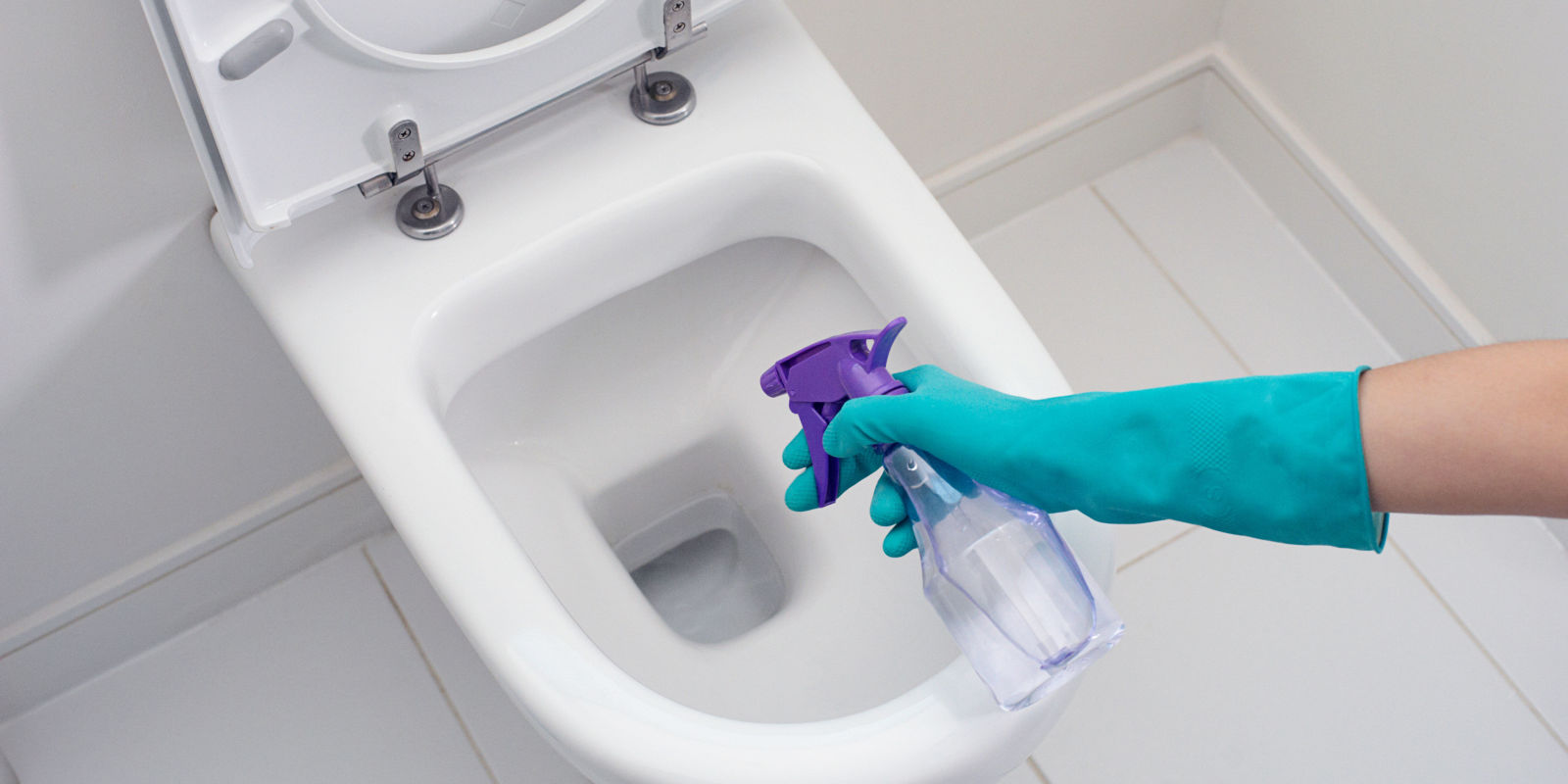
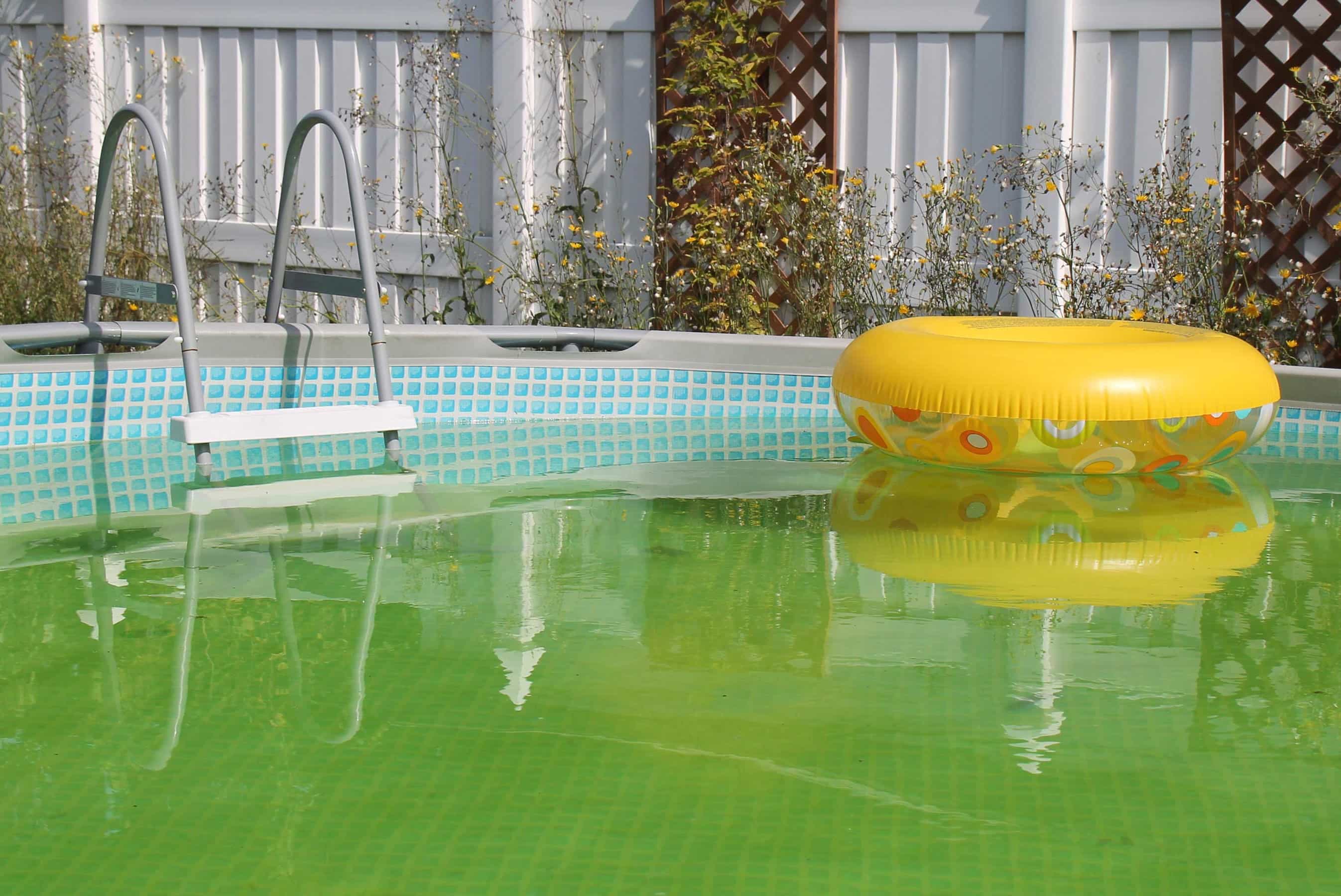
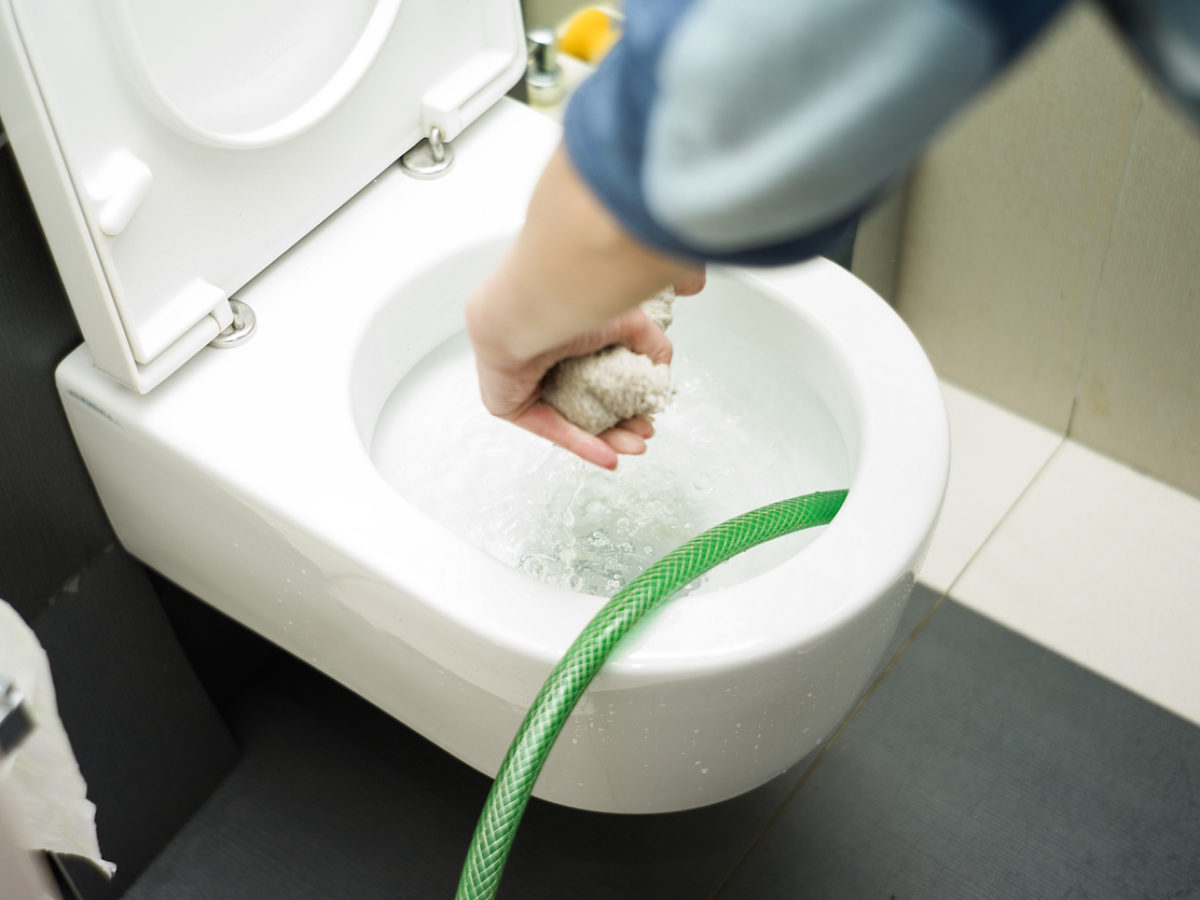
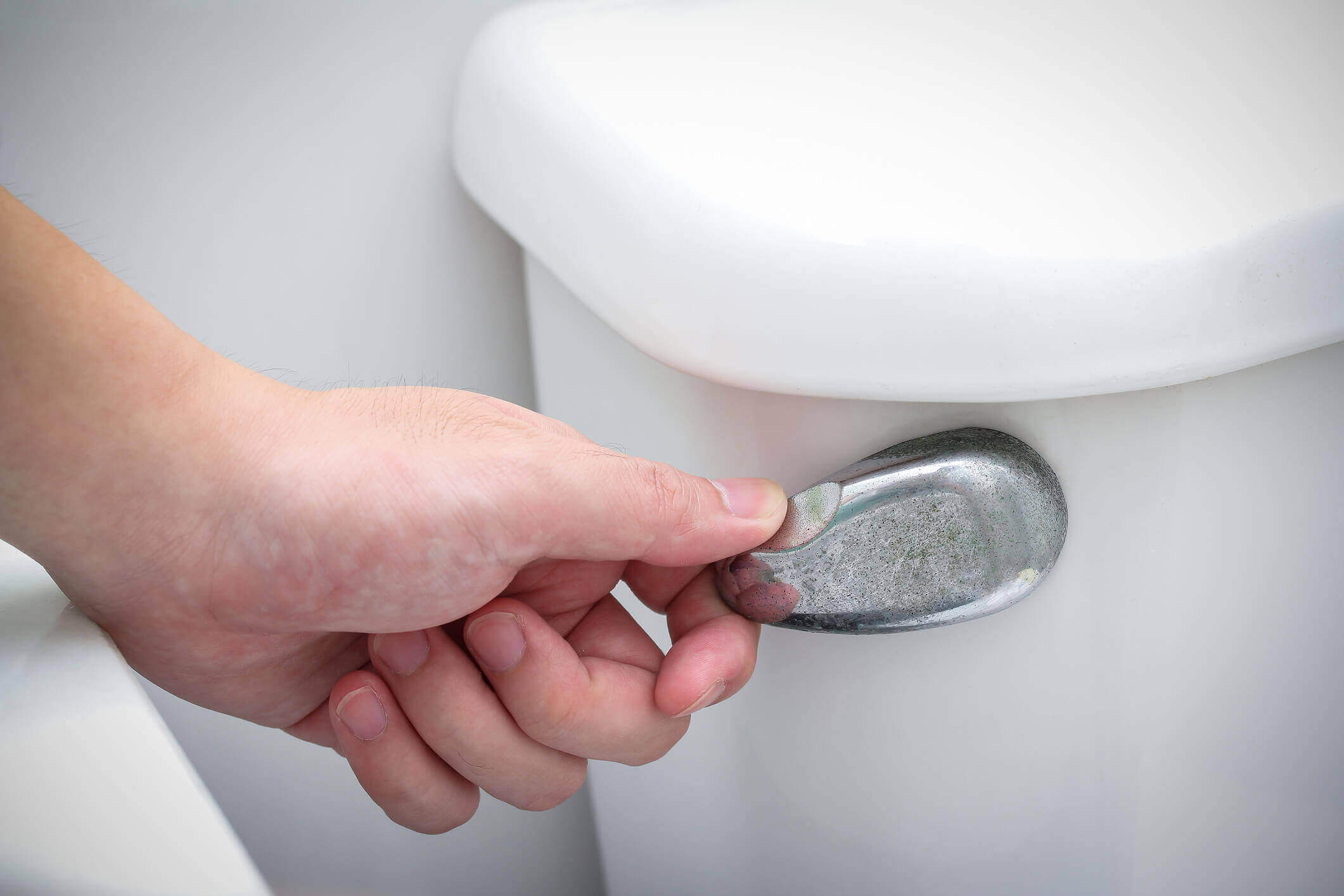
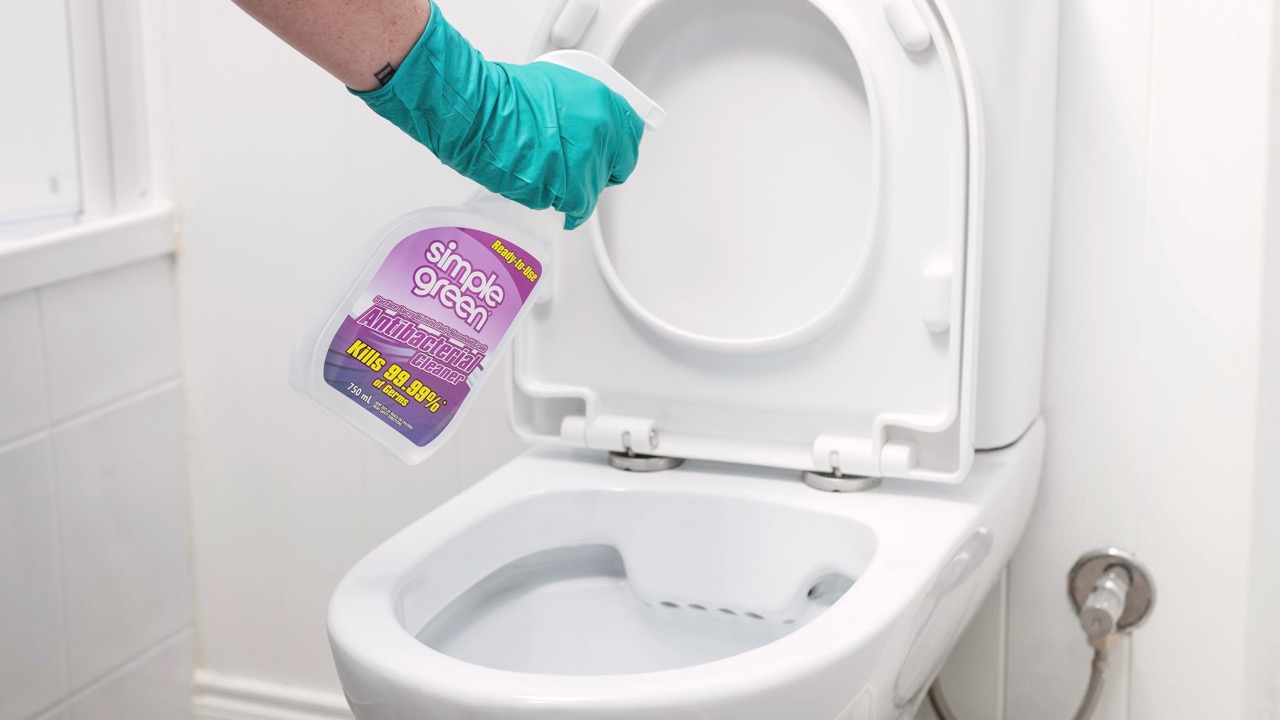
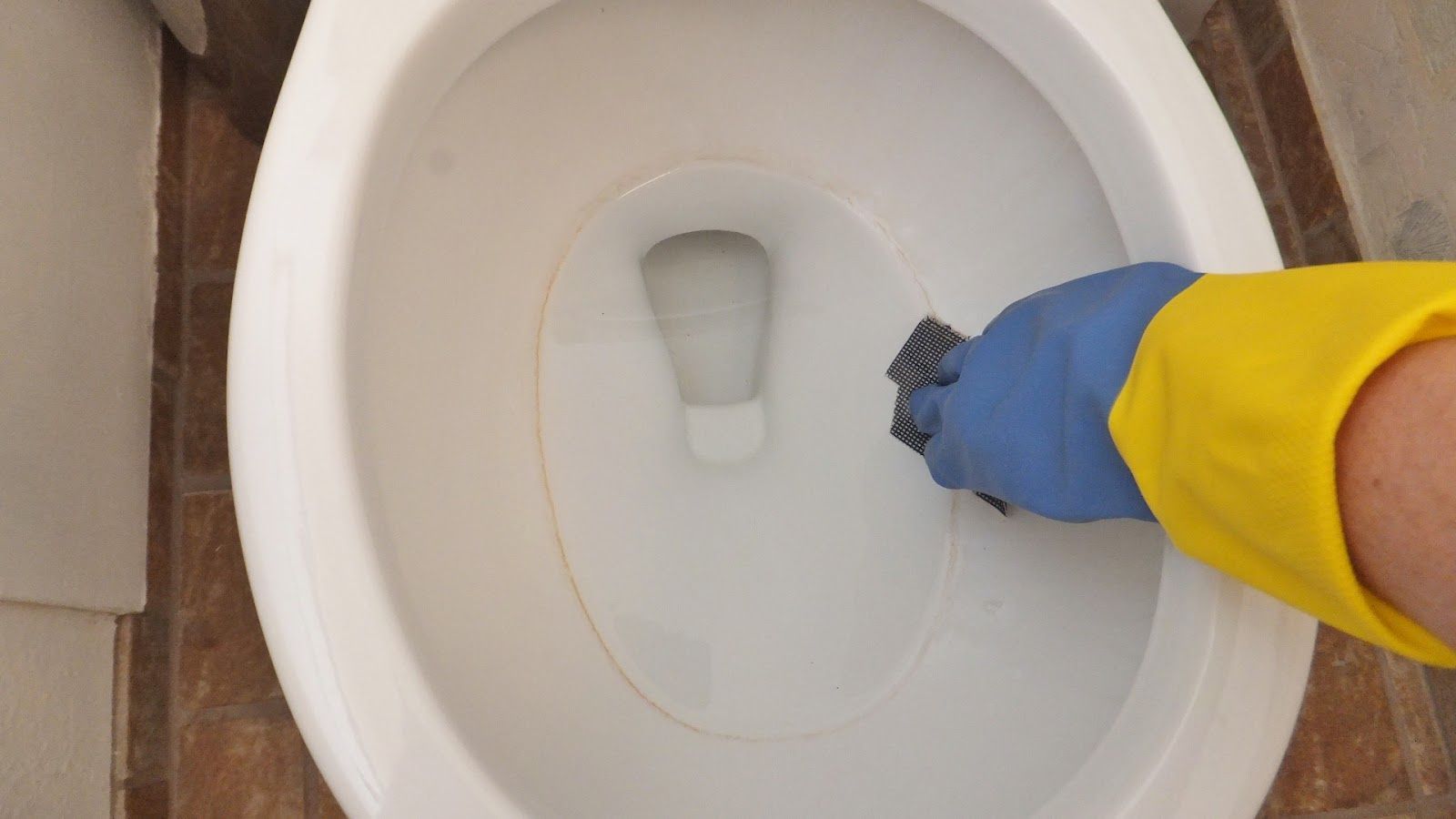
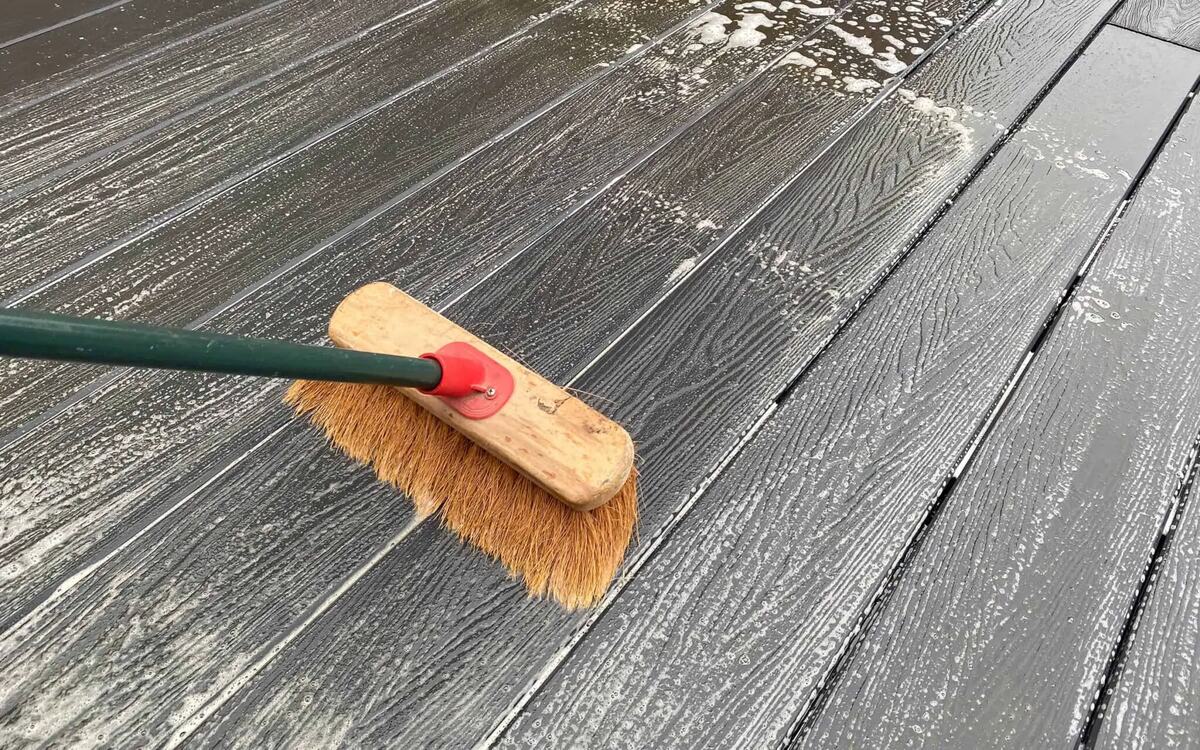
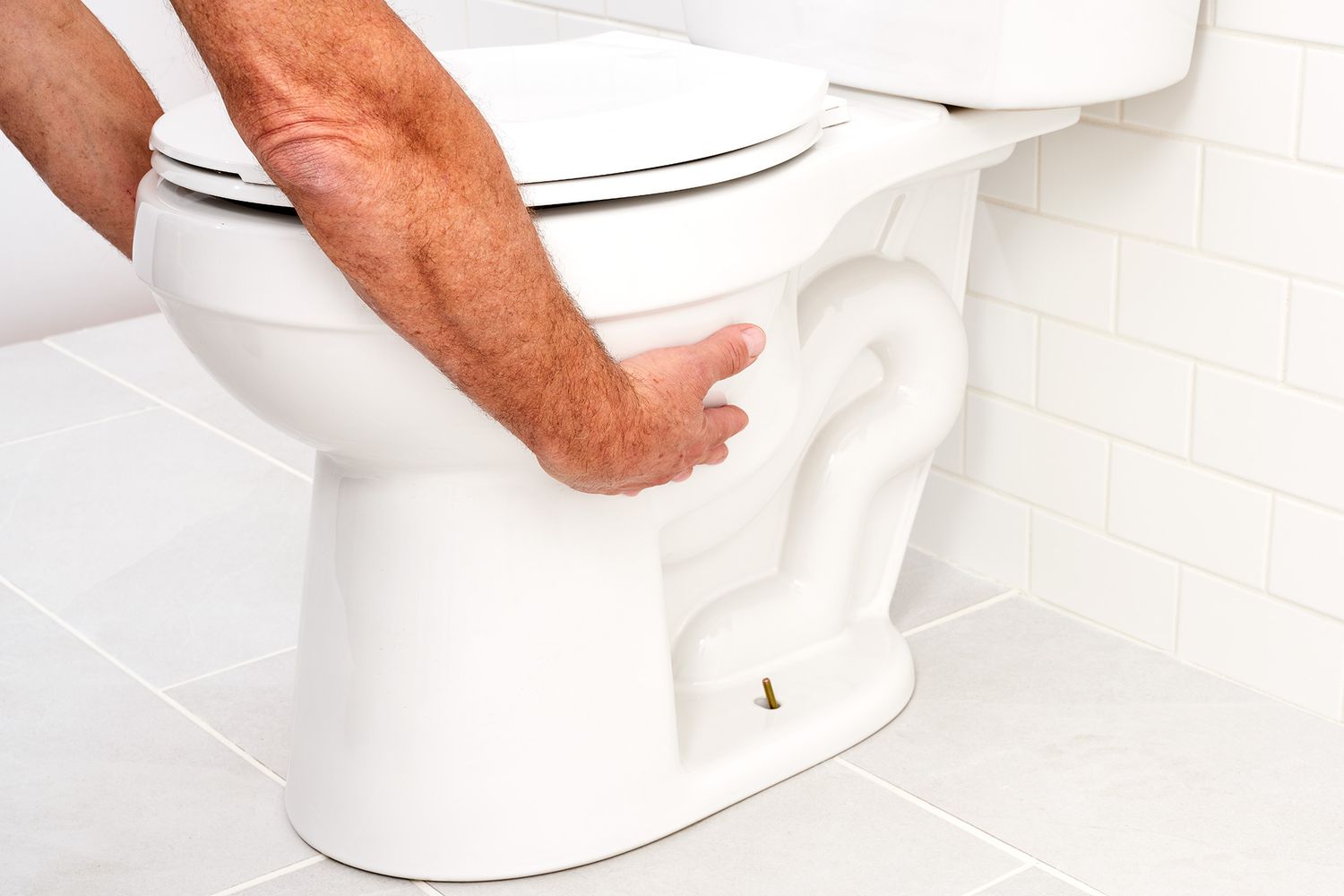
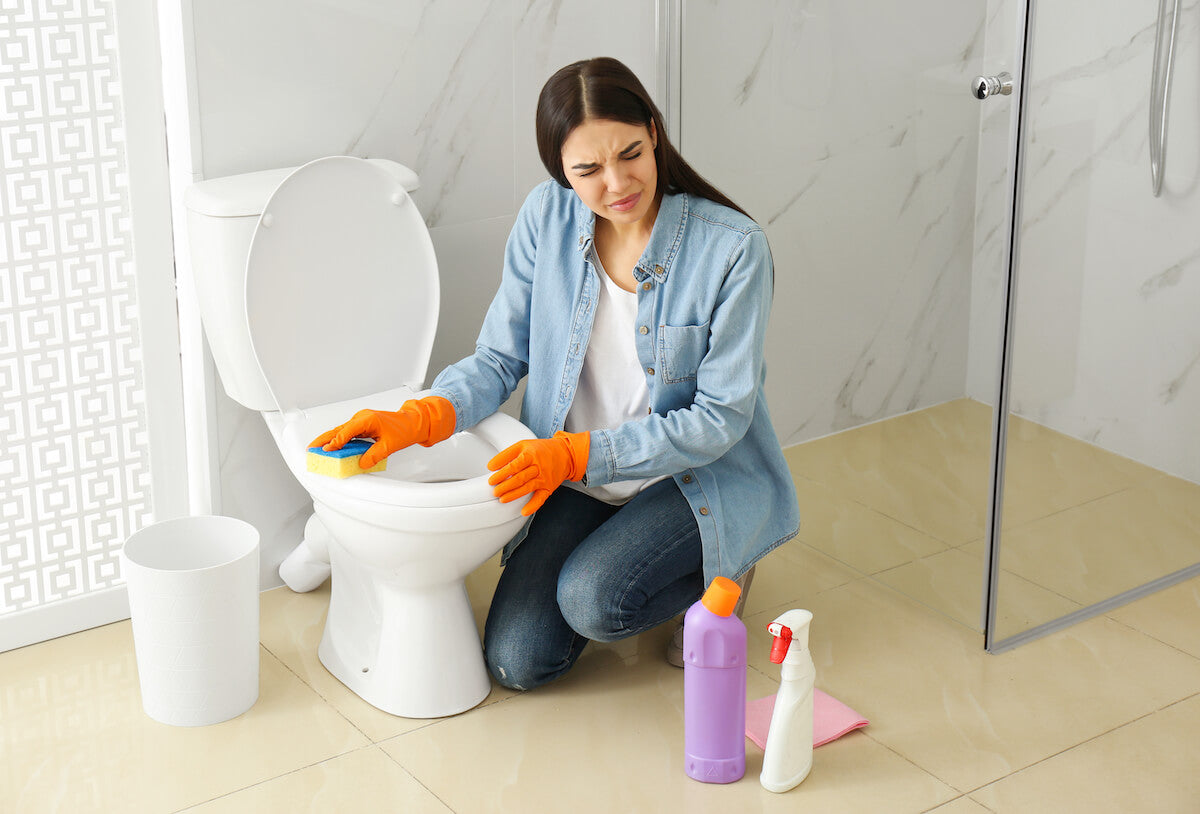
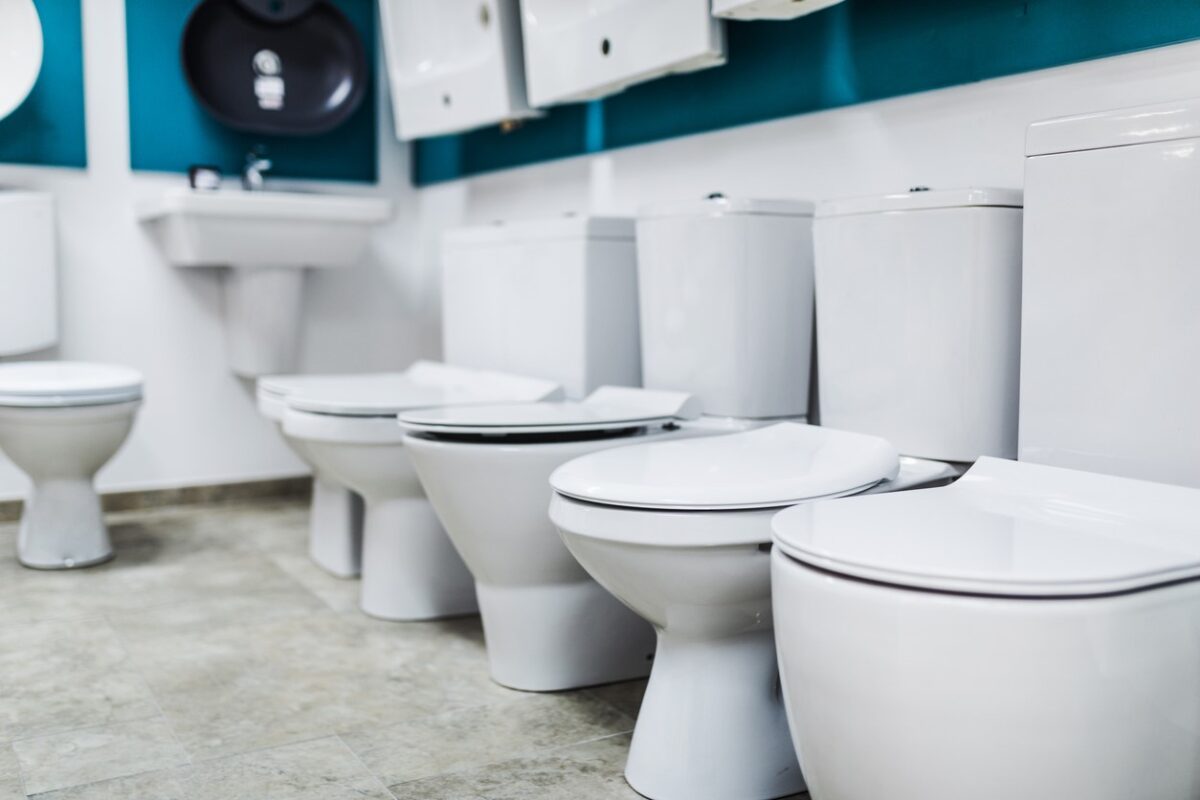

0 thoughts on “How To Get Rid Of ALGae In Toilet Bowl”